Facing workplace challenges? We’ve got you covered! Our range of Employment Settlement Agreements is here to help you tackle common work issues with ease. Whether it’s unfair termination, discrimination, harassment, or other disputes, our simple, ready-to-use MS Word templates are perfect for both employers and employees. Download now and make resolving work problems a lot easier!
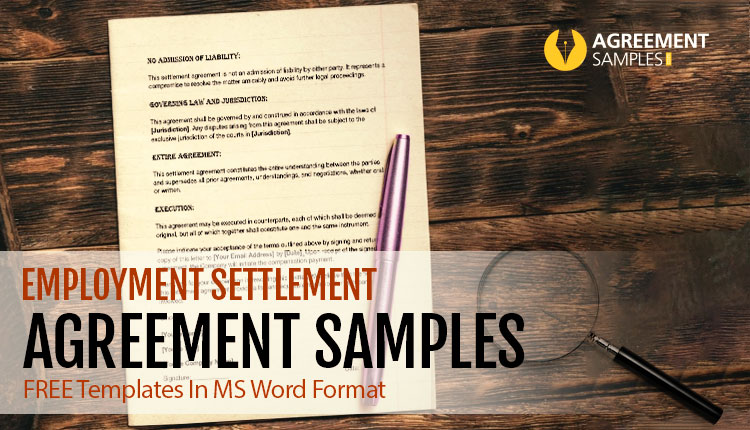
Having trouble with work issues? Don’t worry, we’ve got your back! Take a look at our special collection of Employment Settlement Agreements for MS Word. These aren’t just basic templates – they’re like your go-to helpers for sorting out workplace problems. Ready to make your work life easier? Jump in now and let’s make workdays better, together!
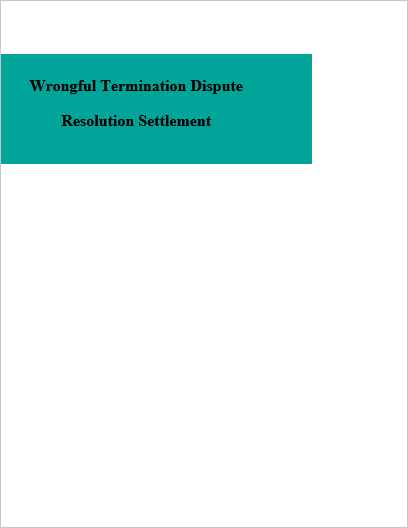
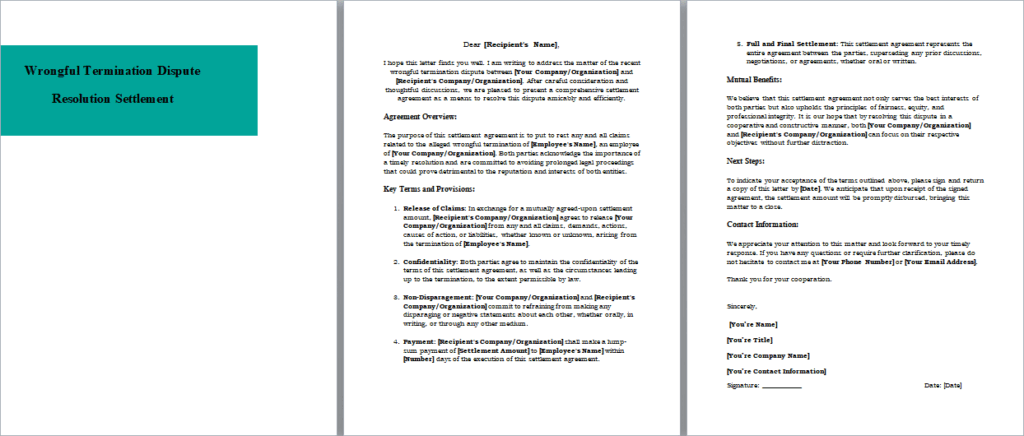
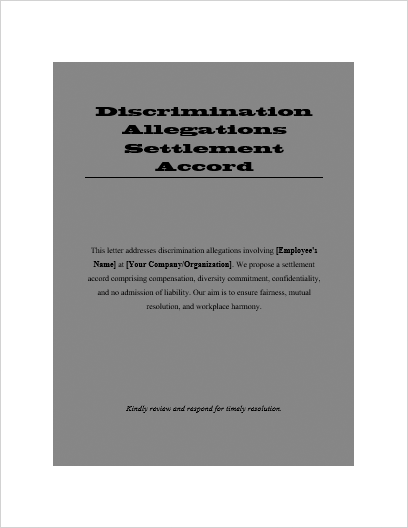
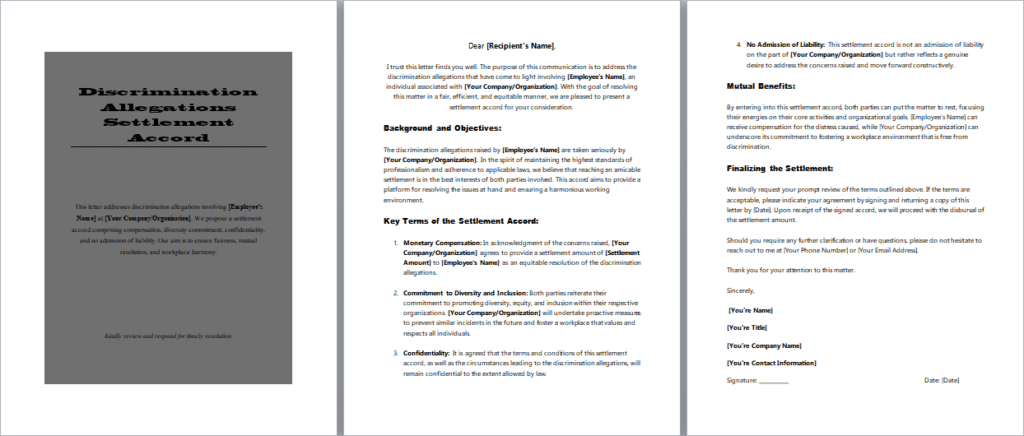
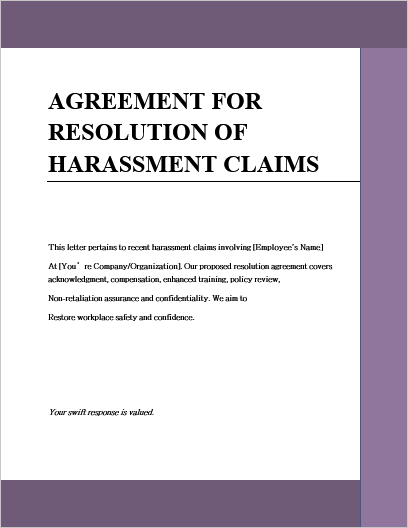
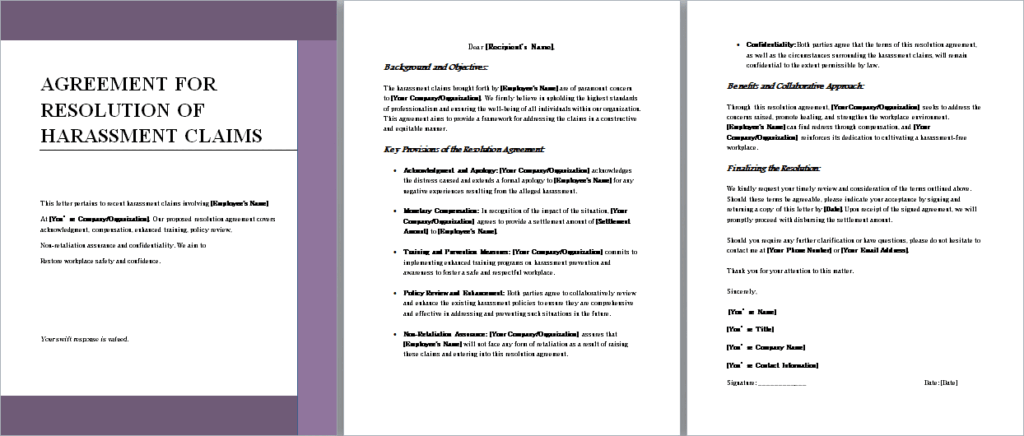
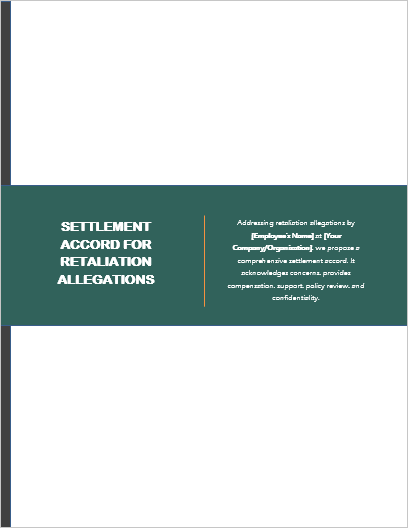
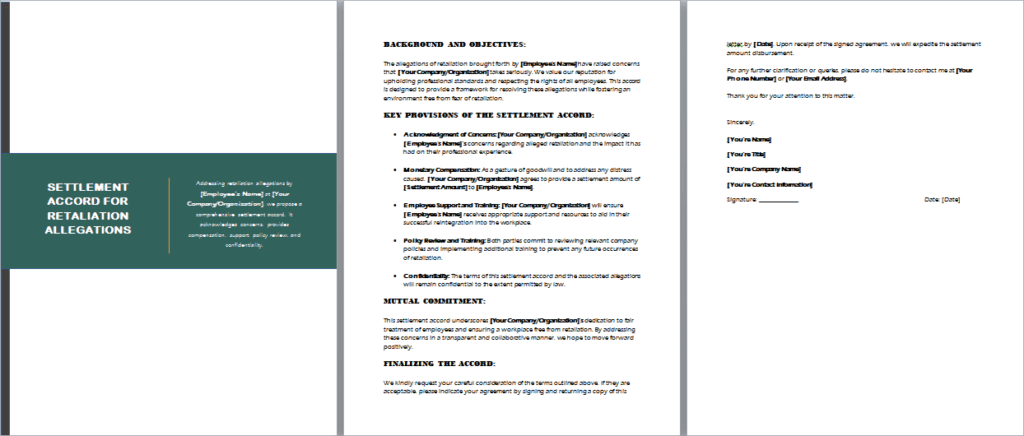
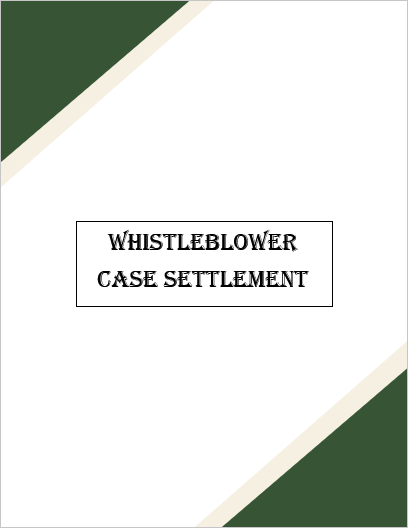
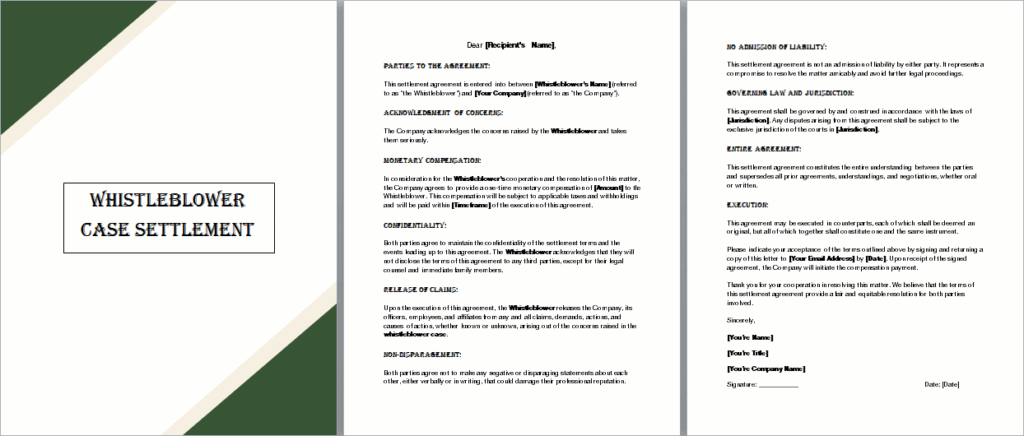
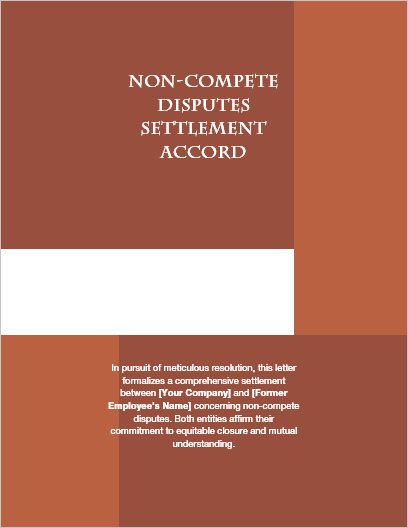

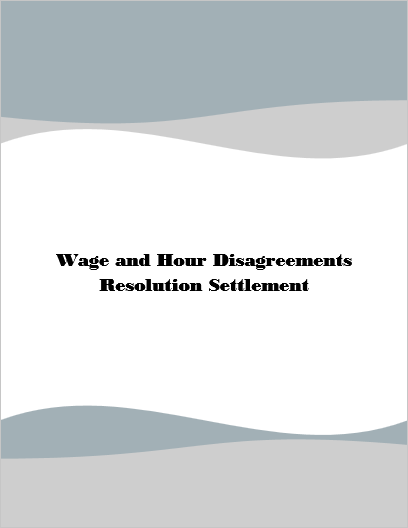

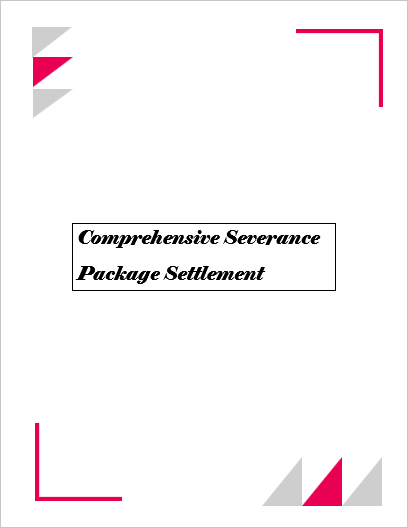


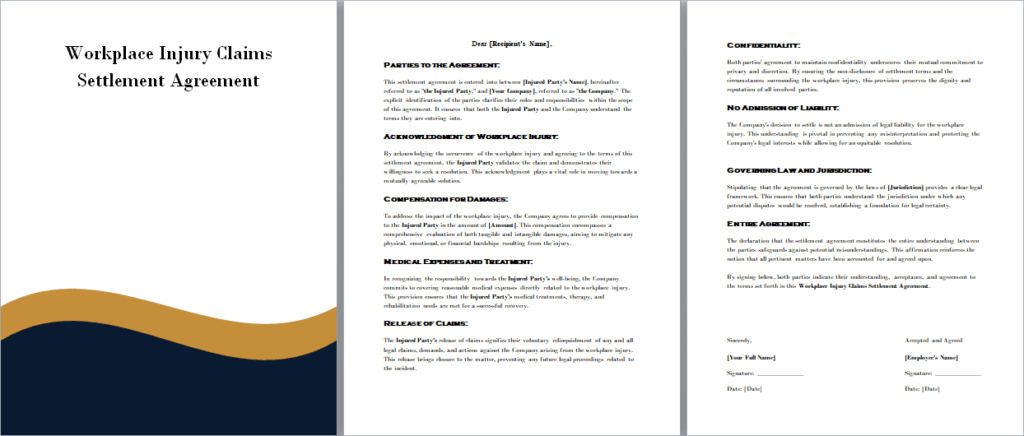
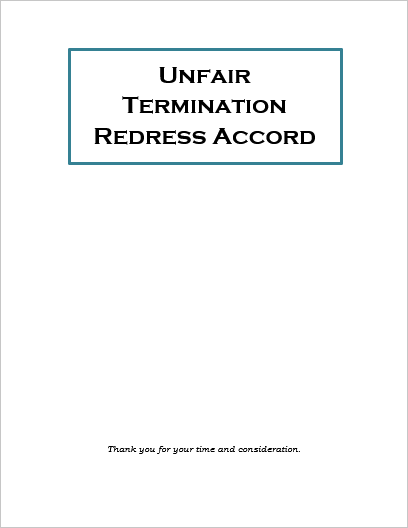
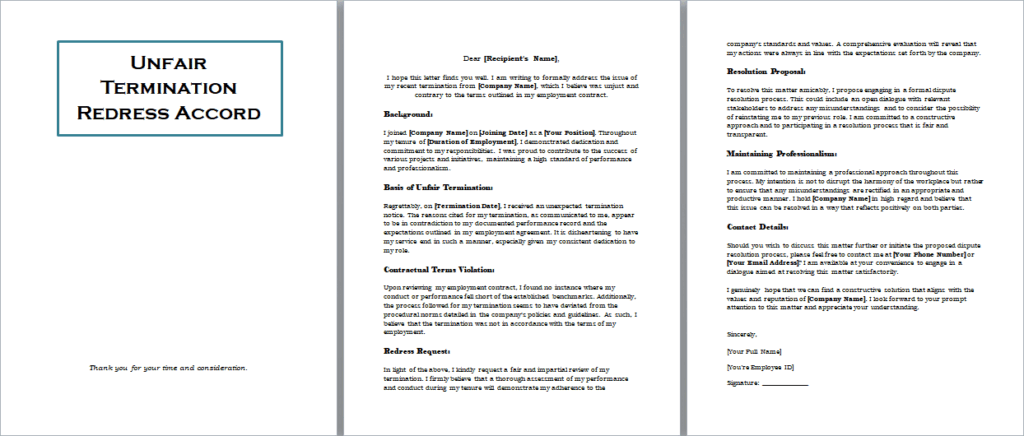
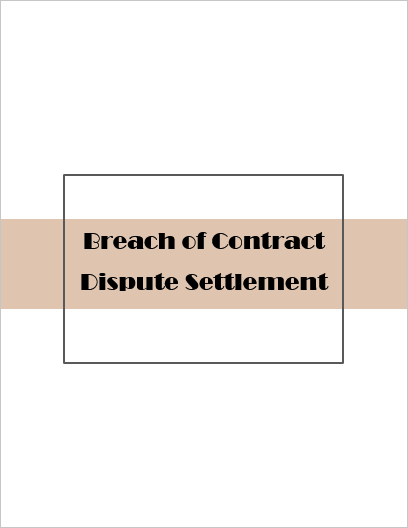
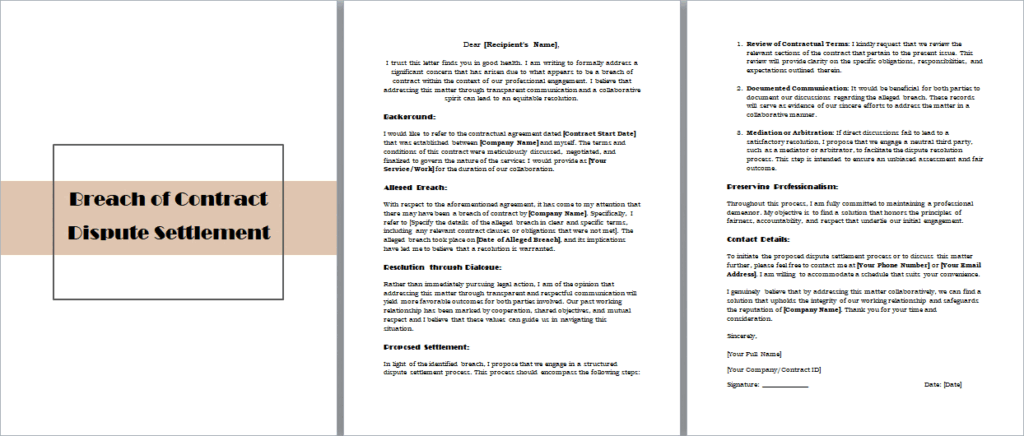
← Previous Article
14+ Free Loan Templates to Streamline Your Business